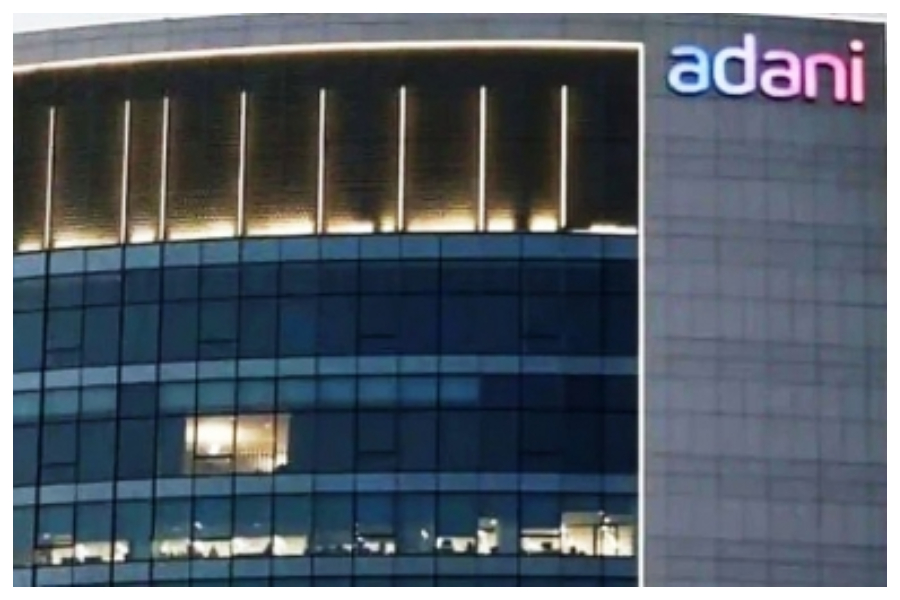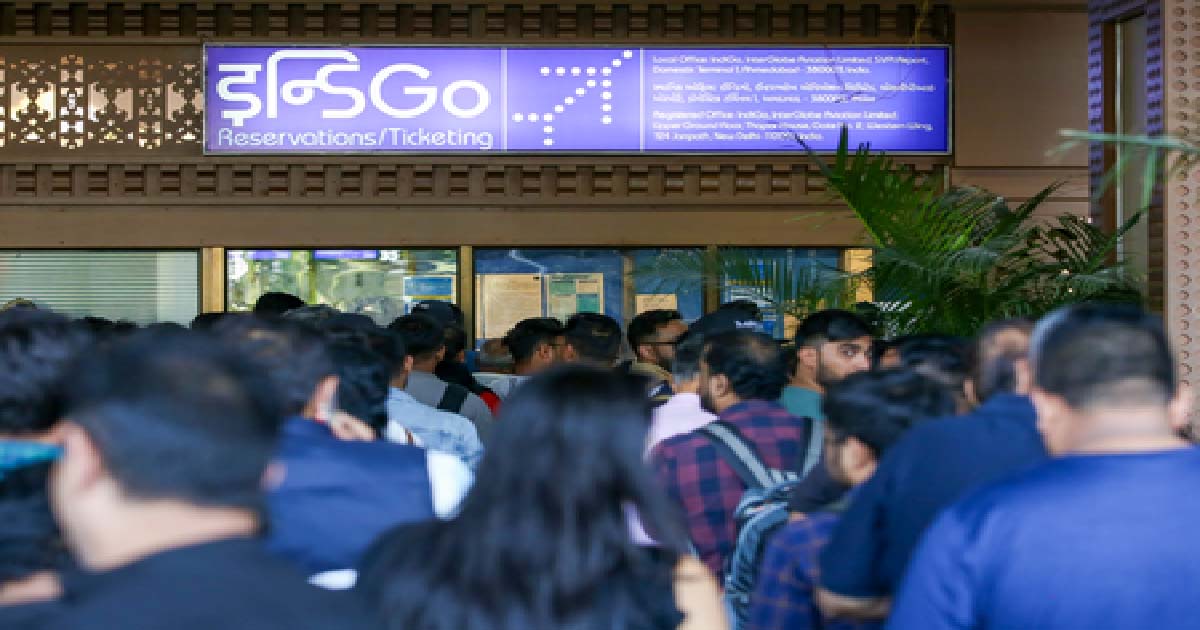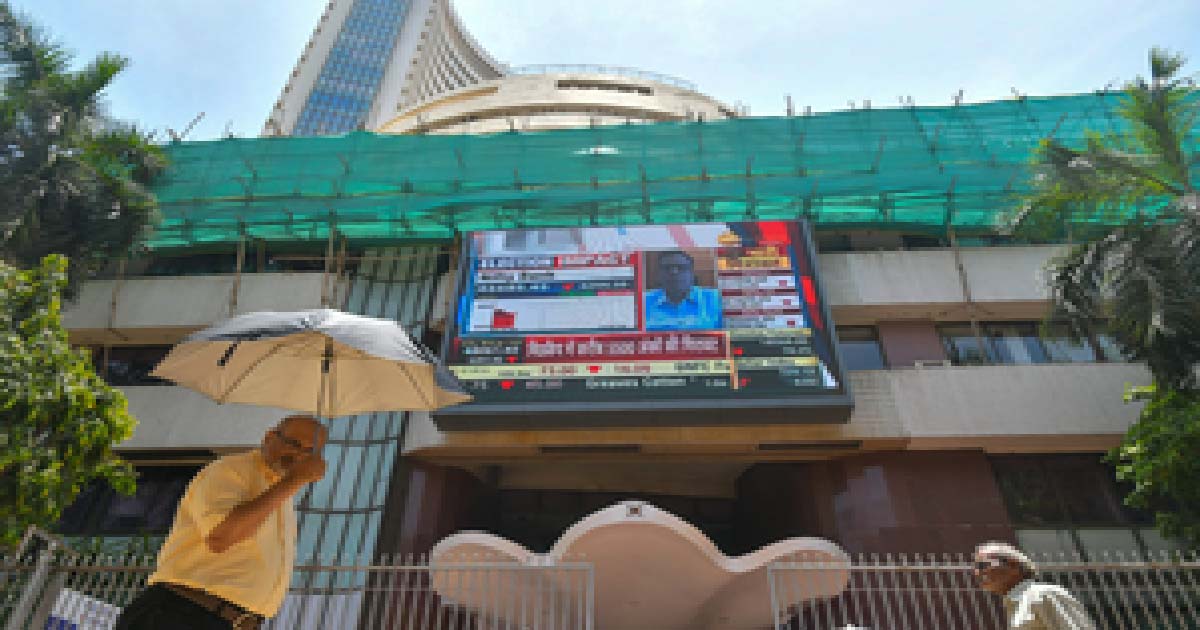Business
Adani and Total Energies to create world’s largest green hydrogen ecosystem

Adani, Indias fastest-growing diversified business portfolio, and energy supermajor Total Energies of France, have entered into a new partnership to jointly create the worlds largest green hydrogen ecosystem. In this strategic alliance, Total Energies will acquire a 25 per cent minority interest in Adani New Industries Ltd (ANIL) from Adani Enterprises Ltd (AEL).
The new partnership, centered on green hydrogen, is expected to transform the energy landscape both in India and globally. Both Adani and Total Energies are pioneers in energy transition and clean energy adoption, and this joint energy platform further strengthens the public ESG commitments made by both companies.
ANIL’s ambition is to invest over $50 billion over the next 10 years in green hydrogen and associated ecosystem. In the initial phase, ANIL will develop green hydrogen production capacity of 1 million tonne per annum before 2030.
“The strategic value of the Adani-Total Energies relationship is immense at both the business level and the ambition level,” said Mr. Gautam Adani, Chairman, Adani Group.
“In our journey to become the largest green hydrogen player in the world, the partnership with Total Energies adds several dimensions that include R&D, market reach and an understanding of the end consumer. This fundamentally allows us to shape market demand. This is why I find the continued extension of our partnership to hold such great value. Our confidence in our ability to produce the world’s least expensive electron is what will drive our ability to produce the world’s least expensive green hydrogen. This partnership will open up a number of exciting downstream pathways.”
“Total Energies’ entry into ANIL is a major milestone in implementing our renewable and low carbon hydrogen strategy, where we want to not only decarbonize the hydrogen used in our European refineries by 2030, but also pioneer the mass production of green hydrogen to meet demand, as the market will take off by the end of this decade,” said Mr. Patrick Pouyanne, Chairman and CEO of Total Energies.
“We are also very pleased with this agreement, which further strengthens our alliance with the Adani Group in India and contributes to the valorization of India’s abundant low-cost renewable power potential. This future production capacity of 1 million ton per annum of green hydrogen will be a major step in increasing Total Energies’ share of new decarbonized molecules including biofuels, biogas, hydrogen, and e-fuels to 25 per cent of its energy production and sales by 2050.”
This partnership builds on the exceptional synergies between the two platforms. While Adani will bring its deep knowledge of the Indian market, rapid execution capabilities, operations excellence and capital management philosophy to the partnership, Total Energies will bring its deep understanding of the global and European market, credit enhancement and financial strength to lower the financing costs, and expertise in underlying technologies. The complementary strengths of the partners will help ANIL deliver the largest green hydrogen ecosystem in the world, which, in turn, will deliver the lowest cost of Green Hydrogen to the consumer and help accelerate the global energy transition.
ANIL aims to be the largest fully integrated green hydrogen player in the world, with presence across the entire value chain, from the manufacturing of renewables and green hydrogen equipment (solar panels, wind turbines, electrolysers, etc.), to large scale generation of green hydrogen, to downstream facilities producing green hydrogen derivatives.
With this investment in ANIL, the strategic alliance between the Adani Portfolio and TotalEnergies now covers LNG terminals, the gas utility business, renewables business and green hydrogen production. The partnership helps India in its quest to build the fundamental pillars of economic sustainability by driving decarbonisation of industry, power generation, mobility and agriculture thereby mitigating climate change and ensuring energy independence.
Business
IndiGo offers travel vouchers worth Rs 10,000 to severely impacted customers

New Delhi, Dec 11: Limping back to normalcy, IndiGo on Thursday offered travel vouchers worth Rs 10,000 to customers who were severely impacted during the flight disruption earlier this month.
The airline “regrettably acknowledged” that several people travelling between December 3 and 5 were stranded for many hours at major airports nationwide. The crisis caused thousands of cancellations and delays, keeping passengers in long queues.
“We will offer travel vouchers worth Rs 10,000 to such severely impacted customers. These travel vouchers can be used for any future IndiGo journey for the next 12 months,” an IndiGo spokesperson said in a statement.
The compensation is in addition to the commitment under the existing government guidelines, as per which, IndiGo will provide compensation of Rs 5000 to Rs 10,000, depending on the block time of the flight, to those customers whose flights were cancelled within 24 hours of departure time.
IndiGo also noted that “all necessary refunds for cancelled flights have been initiated”, including bookings through a travel partner platform.
The airline said that it is “committed” to restoring a “safe, smooth, and reliable” experience.
Earlier in the day, IndiGo Chairman Vikram Singh Mehta said that the airline’s Board will bring in external technical experts to work with the management and identify the root causes behind last week’s massive flight disruptions.
He said the experts will help ensure that such large-scale operational failures never happen again.
Meanwhile, the company stated that all destinations in the airline’s network have been fully connected since December 8, and operations have stabilised since December 9.
On December 8, it flew more than 1,750 flights with just one same-day cancellation, and on December 9, it had over 1,800 flights and zero cancellations. Over 1,900 flights took off on December 10, while just two were cancelled on the same day.
On Thursday, IndiGo said it expects “to operate more than 1,950 flights with approximately 300,000 customers”.
Business
Sensex, Nifty turn volatile at open amid US Fed rate cut

Mumbai, Dec 11: Indian stock markets opened on a volatile note on Thursday, swinging between gains and losses even as the US Federal Reserve announced a 25-basis-point rate cut on Wednesday.
The Sensex, which began the day slightly higher, soon slipped into the red and was trading at 84,312 during early trade, down 79 points or 0.09 per cent. The Nifty also erased its early gains and inched down to 25,750, lower by 8 points or 0.03 per cent.
“From a technical standpoint, Nifty holds immediate support at 25,600–25,650, while the 25,850–25,900 zone continues to act as a strong resistance that has repeatedly halted upward momentum,” analysts said.
“A decisive breakout above this resistance band will be essential to re-establish bullish traction. Conversely, a sustained move below the identified support range may extend the ongoing consolidation phase,” they added.
Infosys, Eternal, Tata Steel, Maruti Suzuki, Adani Ports, HCL Tech, SBI, TCS, L&T, and Tech Mahindra were among the early gainers on the Sensex, rising up to 1.1 per cent. However, Titan, Power Grid, Bharti Airtel, NTPC, Asian Paints, ITC, Reliance Industries, Bajaj Finserv, and ICICI Bank dragged the market with mild losses.
In the broader market, the Nifty MidCap index slipped 0.17 per cent, while the Nifty SmallCap index dropped 0.32 per cent.
Among sectors, IT stocks led the gains, with the Nifty IT index rising 0.70 per cent. This was followed by the Nifty PSU Bank index, which was up 0.65 per cent, the Nifty Metal index up 0.4 per cent, and the Nifty Auto index up 0.12 per cent.
On the other hand, FMCG stocks came under pressure, pushing the Nifty FMCG index down by 0.26 per cent.
Analysts said that domestic markets tracked global cues cautiously as investors assessed the impact of the Fed’s latest rate cut on capital flows and economic growth.
Meanwhile, on the flows front, FIIs offloaded equities worth Rs 1,651 crore on December 10, while DIIs recorded net purchases of more than Rs 3,752 crore.
Business
BSE launches 4 new BSE 100 large-cap TMC universe factor indices

New Delhi, Dec 10: The Bombay Stock Exchange’s (BSE) subsidiary BSE Index Service on Wednesday announced the launch of four new factor Indices from the universe of BSE large-cap total market capitalisation (TMC) index with 5 per cent stock level capping.
The newly introduced indices are BSE large-cap 100 momentum 30, BSE large-cap 100 low volatility 30, BSE large-cap 100 enhanced value 30, and BSE large-cap 100 quality 30.
“BSE Index Services Pvt. Ltd., a wholly owned subsidiary of BSE, today announced the launch of 4 new BSE factor indices from the BSE 100 large cap TMC index as the universe with 5 per cent stock level capping,” the exchange said in a press release.
These Indices are Reconstituted Quarterly, have a base value of 1000, and the first value date is June 20, 2005, along with the additional screening for the liquidity profile, the release added.
BSE large-cap 100 Momentum 30 will track the performance of the 30 companies in the BSE 100 large-cap TMC that exhibit the most persistence in their relative performance, based on their momentum scores. Constituents are weighted based on their momentum score.
BSE large-cap 100 Low Volatility 30 will measure the performance of the 30 least volatile companies in the BSE 100 large-cap TMC. Constituents are weighted by their inverse volatility.
BSE large-cap 100 Enhanced Value 30 measures the performance of the 30 companies in the BSE 100 large-cap TMC with the most attractive valuations, based on their value scores. Constituents are weighted based on their value score.
BSE large-cap 100 Quality 30 measures the performance of the 30 companies in the BSE 100 large-cap TMC that exhibit the most persistence in their relative performance, based on their momentum scores. Constituents are weighted based on their momentum score.
“Building on the success of factor launches on the BSE 500 universe earlier in the year, we are pleased to expand our factor family with the launch of four new factor indices, this time on the large-cap universe,” BSE Index Services Pvt. Ltd MD & CEO Ashutosh Singh said.
“These indices, in the same vein as our BSE 500 universe factor family, will be reset on a quarterly basis with the introduction of an innovative score-based only weighting method,” he added.
The index said that these new indices can be used for running passive strategies such as ETFs and Index Funds.
It can also be used for benchmarking of PMS strategies, MF schemes and fund portfolios. Additionally, investors can now access a broader spectrum of market opportunities, further enriching their investment strategies with this latest addition to BSE’s suite of indices.
-

 Crime3 years ago
Crime3 years agoClass 10 student jumps to death in Jaipur
-

 Maharashtra1 year ago
Maharashtra1 year agoMumbai Local Train Update: Central Railway’s New Timetable Comes Into Effect; Check Full List Of Revised Timings & Stations
-

 Maharashtra1 year ago
Maharashtra1 year agoMumbai To Go Toll-Free Tonight! Maharashtra Govt Announces Complete Toll Waiver For Light Motor Vehicles At All 5 Entry Points Of City
-

 Maharashtra1 year ago
Maharashtra1 year agoFalse photo of Imtiaz Jaleel’s rally, exposing the fooling conspiracy
-

 National News1 year ago
National News1 year agoMinistry of Railways rolls out Special Drive 4.0 with focus on digitisation, cleanliness, inclusiveness and grievance redressal
-

 Maharashtra1 year ago
Maharashtra1 year agoMaharashtra Elections 2024: Mumbai Metro & BEST Services Extended Till Midnight On Voting Day
-

 National News1 year ago
National News1 year agoJ&K: 4 Jawans Killed, 28 Injured After Bus Carrying BSF Personnel For Poll Duty Falls Into Gorge In Budgam; Terrifying Visuals Surface
-

 Crime1 year ago
Crime1 year agoBaba Siddique Murder: Mumbai Police Unable To Get Lawrence Bishnoi Custody Due To Home Ministry Order, Says Report












